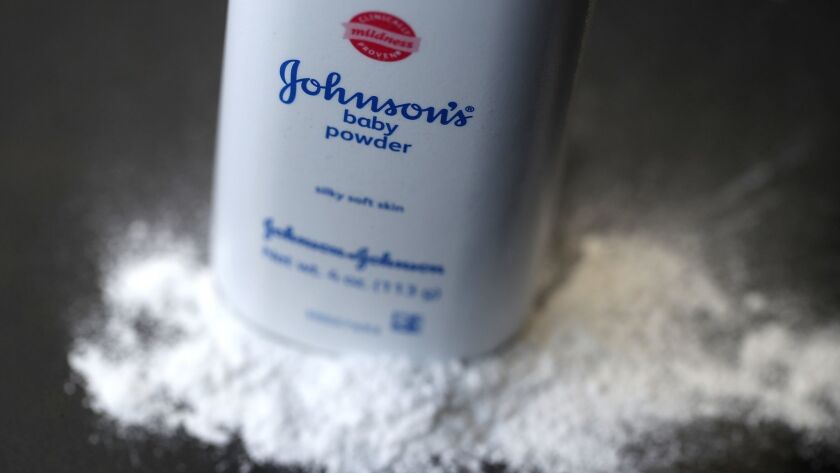The lawyers are prepared to fight for you in the case that you've been diagnosed with ovarian cancer following the routine use of talcum powder. Compassionate product liability lawyers realize that you're going through a challenging period if you're undergoing therapy for ovarian cancer.
You require empathy, service, and reliable advice. You can explore various online sources for more talcum powder ovarian cancer lawsuit information.
Image Source: Google
Talcum powder cancer lawyers are dedicated to the principle that producers must be held liable when they create dangerous products and if they don't warn of known risks.
Filing a lawsuit against the maker of a faulty product can supply you compensation to cover your medical bills and facilitate financial distress.
DOES TALCUM POWDER CAUSE OVARIAN CANCER?
Talc is a clay-like mineral which is used as a drying agent. When ground to fine white particles, talcum powder could be used to absorb moisture and keep skin moist, reducing puffiness and preventing skin breakouts. It's used in cosmetics and personal care products.
The Main talc products used for personal hygiene are Johnson's Baby Power from Johnson & Johnson, Shower to Shower.
According to clinical study published in the International Journal of Gynecological Cancer, frequent use of talcum powder products in the genital region for female hygiene increases the probability of ovarian cancer by 30 to 60 percent.

